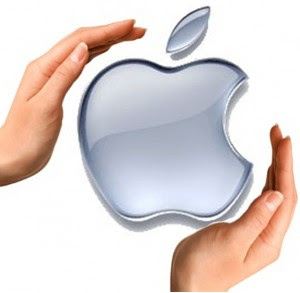
Supply like demand is also function of price.It is expressed as,S=f (P) :When the price the price of commodity changes,the supply of the commodity changes.But unlike demand,supply varies directly with price.The supply has positive relationship with price.It implies that supply increase in price.The supply is the quality that a seller is willing to sell at particular price and particular time.
According to Watson and Getz-"In economics,the word supply always means a schedule-a schedule of possible prices and of amount that would be sold at each price."
According to R.C.Lipsey -"The amount of a commodity that firms are able and willing to offer for sale is called the quality supplied of that commodity."
The concept of supply curve is relevant only in perfectly competitive market.The nation of supply curve is not applicable in other forms of market like monopoly,monopolists.Because the main task of a supply curve is to show much a firm can supply at the given price.In perfect competition,a firm is only a price-taker and quantity-adjuster price.In the imperfectly competitive markets,a firm determines the price of its product.It is not necessary to adjust supply at given price.
According to Watson and Getz-"In economics,the word supply always means a schedule-a schedule of possible prices and of amount that would be sold at each price."
According to R.C.Lipsey -"The amount of a commodity that firms are able and willing to offer for sale is called the quality supplied of that commodity."
The concept of supply curve is relevant only in perfectly competitive market.The nation of supply curve is not applicable in other forms of market like monopoly,monopolists.Because the main task of a supply curve is to show much a firm can supply at the given price.In perfect competition,a firm is only a price-taker and quantity-adjuster price.In the imperfectly competitive markets,a firm determines the price of its product.It is not necessary to adjust supply at given price.















